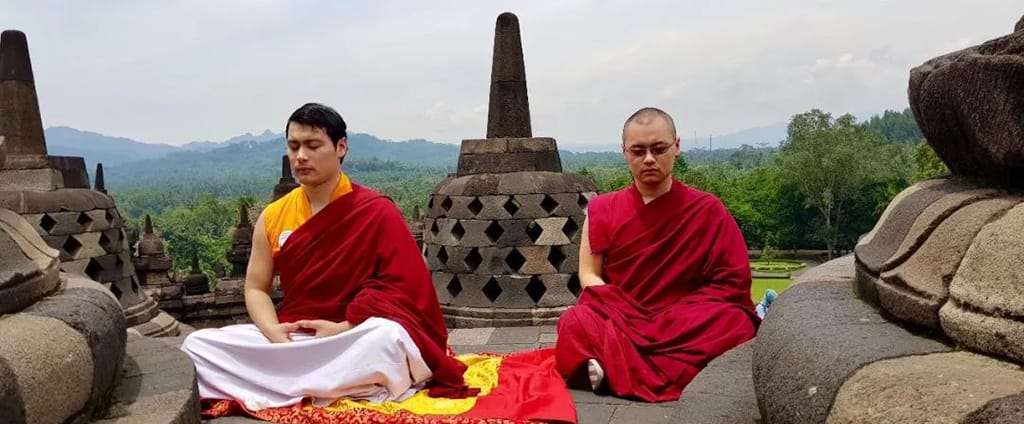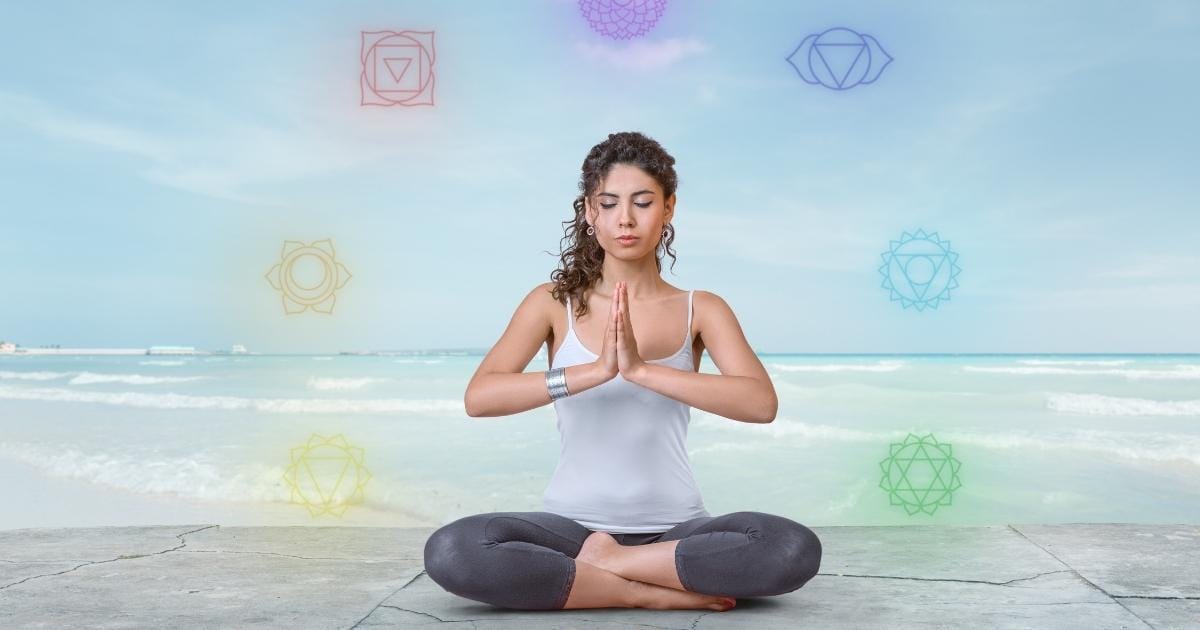- Mo's Healing Hub
- Posts
- Chakras in Art and Culture
Chakras in Art and Culture
A Worldwide Perspective
Today, we're not just talking about the traditional aspects, we're exploring how chakras have influenced art and culture across the globe.

Chakras 101
First things first, let's brush up on our chakra knowledge. Chakras are the energy centers within our bodies, believed to play a pivotal role in our physical, emotional, and spiritual well-being. There are seven main chakras, each associated with specific colors, elements, and aspects of our lives.
Root Chakra (Muladhara) - Red, Earth, Survival
Sacral Chakra (Svadhisthana) - Orange, Water, Creativity
Solar Plexus Chakra (Manipura) - Yellow, Fire, Power
Heart Chakra (Anahata) - Green, Air, Love
Throat Chakra (Vishuddha) - Blue, Sound, Communication
Third Eye Chakra (Ajna) - Indigo, Light, Intuition
Crown Chakra (Sahasrara) - Violet, Thought, Enlightenment
Chakras in Art

From ancient times to modern art, chakras have left their mark. Take the mandala, for instance, a popular artistic representation of chakras. These intricate geometric designs symbolize the harmony and balance of the chakras. You can find mandalas in various forms, like paintings, sculptures, and even tattoos.

In Indian art, the chakras often appear as colorful wheels, which is a direct visual representation of their name. In traditional paintings, you might see yogis and deities with their chakras aligned, showcasing the importance of balance in life.

Chakras in Culture
Chakras have not only shaped art but have also influenced cultural practices worldwide.
India: No surprise here! Chakras are deeply ingrained in Indian culture, influencing yoga, meditation, and Ayurveda. The practice of Kundalini yoga aims to awaken the dormant energy within, raising it through the chakras for spiritual enlightenment.
Tibet: Tibetan Buddhism incorporates chakras into its spiritual practices. The idea of aligning chakras and channels is central to their meditation techniques.

China: Chinese culture connects chakras with the flow of Chi (Qi) energy. Traditional Chinese medicine seeks to balance these energy centers for physical and mental well-being.
New Age Movement: In the Western world, the New Age movement has embraced chakras as a path to self-discovery and healing. It's not uncommon to see chakra balancing workshops and therapies offered in various holistic wellness centers.

Chakras in Modern Times
Many people have adopted chakra healing and balancing as a way to improve their mental and physical health. It's become a trend that spans from yoga classes to essential oil blends designed to align the chakras.

Whether you're into art, culture, or self-improvement, chakras have a way of sneaking into your life. They've transcended their traditional roots and are now part of a global conversation on well-being and personal growth.

So, there you have it, a colorful journey through the world of chakras in art and culture. It's amazing how these energy centers have made their way into the creative expressions and daily practices of people all over the world. If you're as intrigued as I am, go ahead and explore the beautiful connection between chakras, art, and culture in your own way. And remember, stay balanced and keep those chakras in check!
